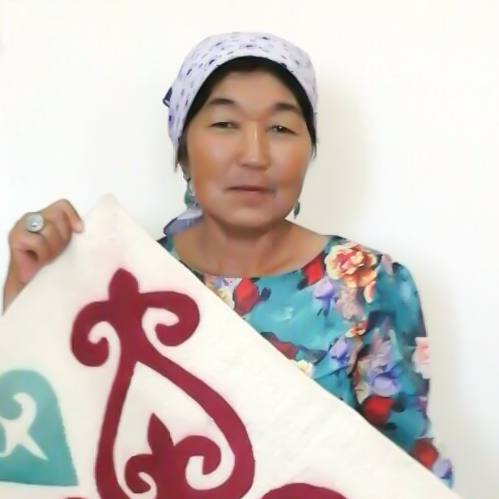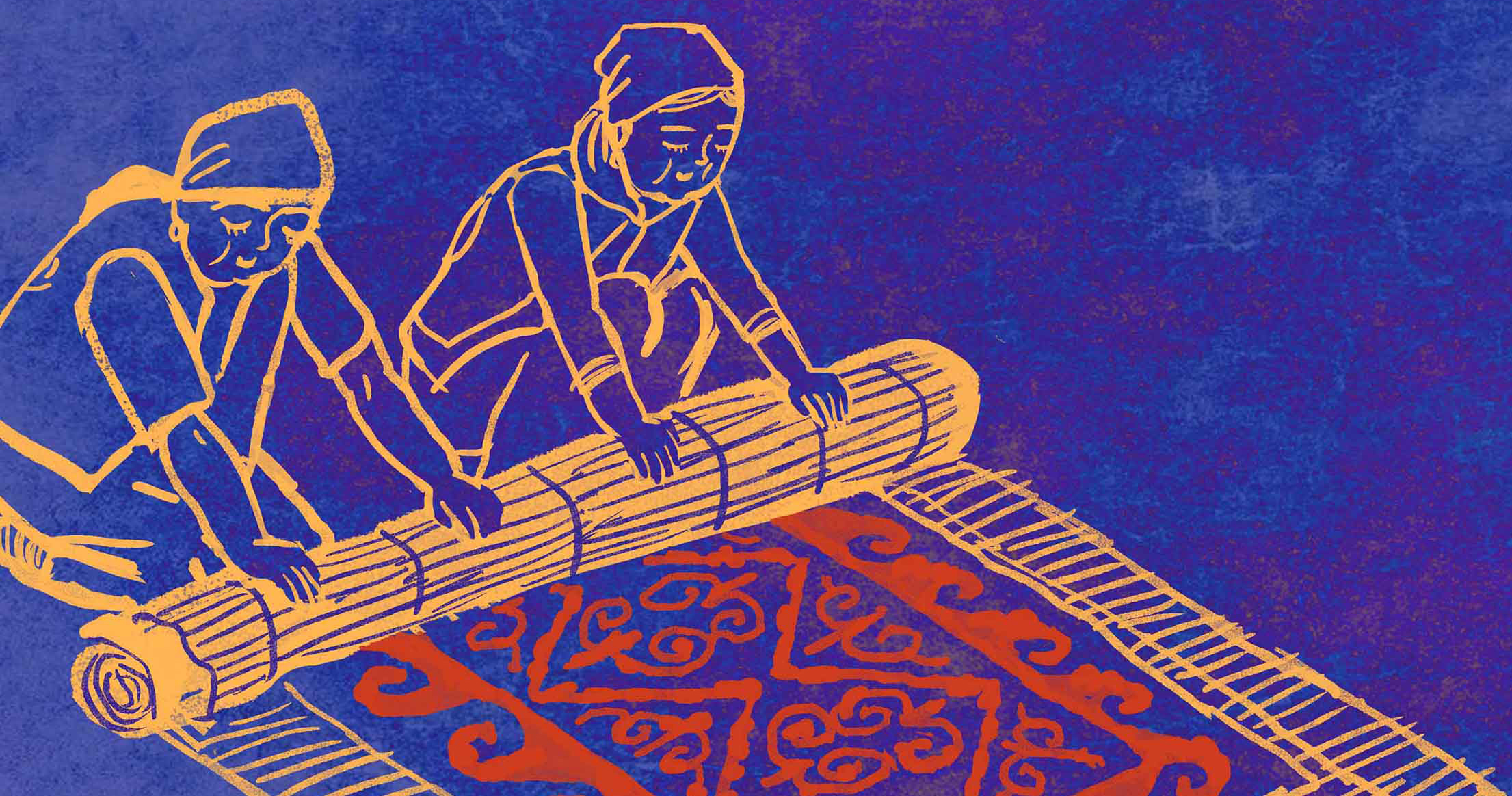Zhansara Bolegenova, Felt maker: "My craft is in my blood."
November 5th, 2020
Zhansara Bolegenova:
Decorating the carpet with patterns we made out of wool was one of the most interesting parts. I liked that particular process, and thanks to that in particular I fell in love with the craft."
Products made from felt have certain advantages: they’re exceptionally dense, have a low thermal conductivity, and are pleasant to touch. Felt not only protected nomads from the cold and piercing wind of the steppe and kept in the heat from the hearth at the center of the yurt, it also kept them cool in hot weather while being exceptionally waterproof, preventing dampness and moisture from spreading inside the home.
Zhansara Bolegenova:
Zhansara Bolegenova:
It’s very important for me to preserve our traditional crafts; it’s important for me to leave a legacy, to pass everything that I know and can do down to the next generation. I teach my grandchildren. In the future, I want to open a training center in our area, and I would also conduct free workshops. I still run a lot of classes for any girls who want to learn. But, unfortunately, even in rural areas there aren’t many people like that."
Translation by Dennis Keen


